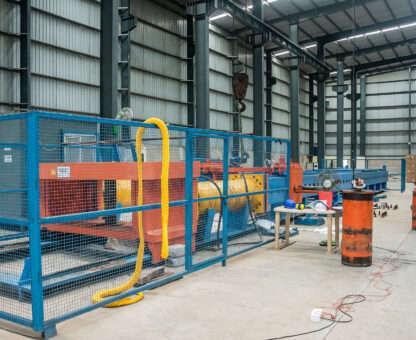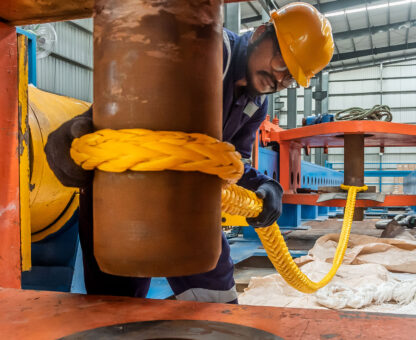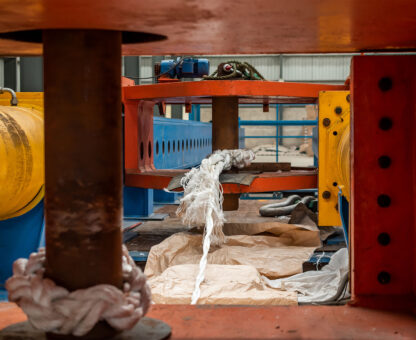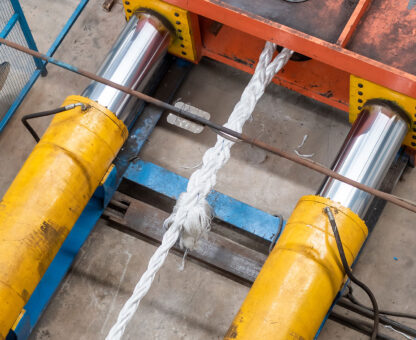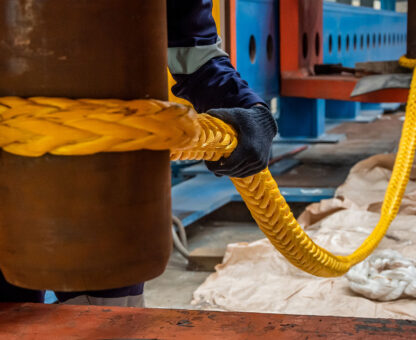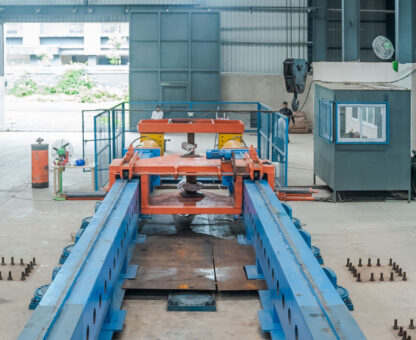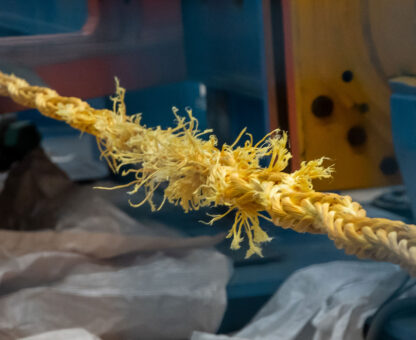Understanding Non-Destructive Testing (NDT) in Rigging Equipment Inspections
Ensuring the safety and reliability of rigging equipment is crucial in industries that involve heavy lifting and load-bearing operations. Non-Destructive Testing (NDT) is an invaluable tool in maintaining equipment integrity without causing damage. This blog delves into the importance, methods, and applications of NDT in rigging equipment inspections.
What is Non-Destructive Testing (NDT)?
Non-Destructive Testing refers to a range of inspection techniques used to evaluate the properties and condition of materials, components, or assemblies without altering their usability. NDT is particularly vital for identifying defects or weaknesses in rigging equipment that could lead to failure.
Importance of NDT in Rigging Equipment
Ensures Safety: NDT helps identify potential issues like cracks, corrosion, or wear before they lead to accidents.
Cost-Effective: Early detection of faults prevents costly repairs and unplanned downtime.
Preserves Integrity: Unlike destructive testing methods, NDT ensures that the equipment remains operational after inspections.
Compliance: Many regulatory standards and certifications require routine NDT for rigging equipment.
Common NDT Methods Used in Rigging Equipment Inspections
1. Visual Inspection (VT):
Overview: The most basic form of NDT, involving a detailed visual examination.
Applications: Identifies surface-level issues such as wear, deformation, and corrosion.
2. Magnetic Particle Testing (MT):
Overview: Detects surface and slightly subsurface defects using magnetic fields and iron particles.
Applications: Ideal for identifying cracks or fractures in ferromagnetic materials like steel.
3. Ultrasonic Testing (UT):
Overview: Uses high-frequency sound waves to detect internal flaws or measure material thickness.
Applications: Widely used for evaluating structural integrity in critical load-bearing components.
4. Dye Penetrant Testing (DPT):
Overview: Involves applying a liquid dye to the surface to reveal cracks and defects after the dye settles.
Applications: Suitable for detecting surface flaws in non-porous materials.
5. Radiographic Testing (RT):
Overview: Uses X-rays or gamma rays to identify internal defects.
Applications: Highly effective for inspecting welds and hidden flaws in rigging components.
Steps to Conduct Effective NDT on Rigging Equipment
Plan Inspections: Schedule NDT inspections based on equipment usage and environmental conditions.
Choose the Right Method: Select an appropriate NDT method based on the material and defect type.
Ensure Trained Personnel: Use certified NDT technicians who understand the complexities of rigging equipment.
Document Findings: Maintain detailed records of all inspections and detected issues.
Act on Results: Address any identified flaws immediately to prevent future failures.
Industries Benefiting from NDT in Rigging Equipment
Construction: Ensures the safety of cranes, slings, and rigging hardware.
Oil and Gas: Detects corrosion and wear in offshore and onshore lifting systems.
Maritime: Maintains the integrity of rigging equipment exposed to harsh marine environments.
Manufacturing: Keeps production equipment functioning safely and efficiently.
Challenges in NDT for Rigging Inspections
While NDT is highly effective, it has its challenges:
Access Issues: Some components may be hard to reach for inspection.
Environment: Harsh conditions can limit the effectiveness of certain methods.
Cost: Advanced methods like radiographic testing may require significant investment.
Conclusion
Non-Destructive Testing is an essential aspect of maintaining the integrity, safety, and performance of rigging equipment. By identifying potential issues early, NDT reduces risks, ensures compliance, and minimizes operational downtime. Industries that rely on lifting operations should make NDT a cornerstone of their maintenance strategy.
Have a Project? Let’s Talk!
TESTING FACILITY
